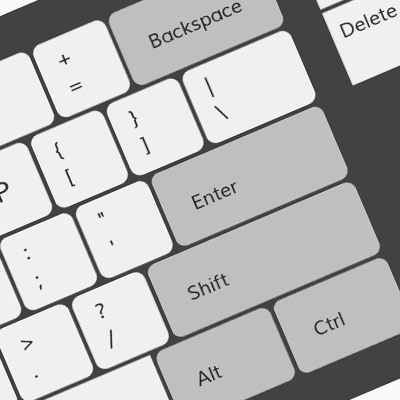I need help with writing SOAP notes... I know how to do them, but the program I attend requires that we get the soap note written within 9 mins (I know this is required for the board exam). I can't seem to get past the very beginning of the objective portion before running out of time. They require our subjective section to be very extensive, and we are typing it out from scratch... no check boxes or template is given.
what can i do to improve so that i am not running out of time, and submitting incomplete soap notes??
Please Help!
I second the point about practice. The templates other's have posted are good starting points. One thing that will help you greatly not only now, but moving to residency and beyond is to streamline your
1) mental clinical reasoning
2) how you document
3) how you report.
Medicine is very nuanced and every word matters For example when describing a fall its important to get in a habit of specifying whether it was "mechanical" or when describing weight loss characterize it as "intentional" vs "unintentional". Get in a habit of reasoning, documenting, and reporting the same way. This will save you a lot of time and make your work quicker and error free.
The big delay you're experiencing is because you have no framework and every time you write a note, your mind is trying to reinvent the wheel. Invest a few weeks (you'll need time to make it work for you) creating your own framework for the SOAP note. Start with something like what you see above and type things the same way each time. Get in the habit of having "abdomen soft, non-tender, non-distended" roll off your finger tips. I know there are templates/shortcuts that get unlocked in residency BUT if you get good enough now, typing free-hand will actually be more efficient and save you the hassle of all the mistakes those templates will set you up for in residency.
Without going into detail here is the framework of the SOAP:
Subjective (I will use the example of headache)
1.) Age, Sex, Chief Complaint-("headache")
2.) HPI - onset, what makes better/worse, quality, radiation, severity, temporal, associations
3.) PERTINENT ROS. Invest the time now to have 10-20 ROS questions memorized. It sounds intense but it will pay dividends when these rattle off your tongue during the interview/presentation as well as off your fingertips when typing your note. Bad trainees document inaccurate ROS by leaving the template untouched, acceptable trainees leave the template but delete many things they don't ask, excellent trainees streamline their exam and documentation so every word in their ROS is accurate based on interview. If you invest time striving for excellence now, it will only become faster/easier as you progress.
Objective:
4.) Physical Exam. Similar concepts to ROS above, use one template for inpatient H&P, another for outpatient H&P, and another for interval exam. Please don't forget vitals.
5.) Basic Labs/Imaging: CMP, CBC, Urine as well as whatever the ED or OSCE scenario is giving you.
Assessment:
Age, Sex, Chief
Concern (acute onset bilateral headache associated with vision changes and whatever HPI, ROS, History is immediately relevant), hemodynamically stable in no distress without focal neurological deficit with pertinent lab findings of XYZ.
From here on there are two ways of doing it. You can say differential includes, A, B, and C and then give a plan with bullet points OR you can go problem based which is more translatable to residency where patients aren't coming in for one thing unlike on an OSCE.
You will have success with this method.


